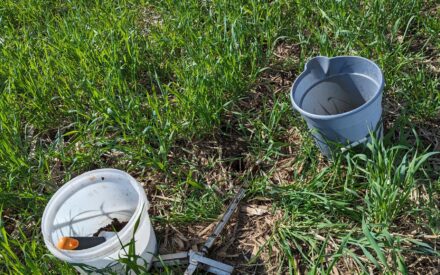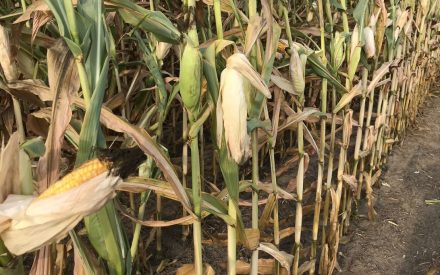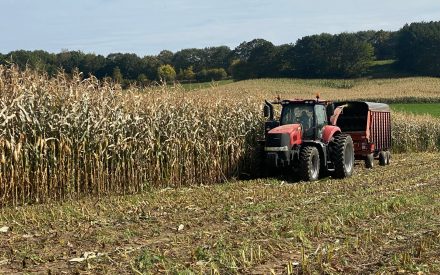In the 70 years since the solar panel was invented in 1954, Wisconsin has installed 2,204 megawatts (MW) of solar energy, occupying about 3,500 acres of land in 2023. Over the next five years, Wisconsin is expected to add another 3,805 MW at about 7 acres of land per MW, about 1.7 times the amount installed over the last 70 years.*
The explosive growth of solar sites, especially large, utility-scale (>100 MW) sites that require state approval, has put solar in competition with agriculture for land use. Many of these projects are located on prime agricultural soils. Solar cells and plants both convert sunlight to energy; therefore, areas that are well-suited for agriculture are often well-suited for solar. This competition for land has created tensions within the rural communities, prompting some developers to attempt to engage with the agricultural community and collaborate on co-locating solar and agriculture.
What is agrivoltaics?
Co-location of agriculture and solar, often called agrivoltaics, is most often practiced as sheep grazing on vegetation between, under, and around solar panels. The short stature of sheep is currently better suited to the standard solar panel heights than larger ruminants like cattle. Sheep grazing also avoids the potential for significant damage posed by equipment for cropping or haymaking, or mechanical mowing and trimming.
What are the benefits of solar grazing?
Solar grazing increases land use efficiency, yielding two outputs—sheep products (meat/dairy/wool) and solar electricity—where there would otherwise be just one. For solar developers, sheep grazing can be more economical than hiring mechanical vegetation management and may help diffuse tensions over farmland use. For sheep graziers, solar grazing represents additional land access and an opportunity to scale up their operations, while being paid for the vegetation management service.
Solar grazing is an emerging practice in the Upper Midwest and lacks years of research and consensus on best practices for making targeted recommendations. The American Solar Grazing Association, however, has compiled and created resources to serve as initial guidelines. In addition, this factsheet provides general recommendations for suitable forages for solar grazing in Wisconsin.
Read, download, and print the preliminary forage recommendations for grazing solar sites fact sheet below.
References
* Solar Energy Industries Association. (2023). State Solar Spotlight: Wisconsin [Fact Sheet]. https://www.seia.org/sites/default/files/2023-03/Wisconsin.pdf

 ▶ AI in Agriculture
▶ AI in Agriculture ▶ Evaluating MRTN Rates for Corn Grain and Silage After Manure Application
▶ Evaluating MRTN Rates for Corn Grain and Silage After Manure Application ▶ Practices to Optimize the Nutritive Value of Corn Silage
▶ Practices to Optimize the Nutritive Value of Corn Silage ▶ Explore the New Corn Silage Dry Down Monitoring Tool
▶ Explore the New Corn Silage Dry Down Monitoring Tool


